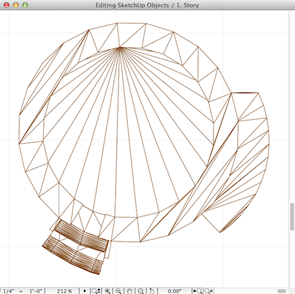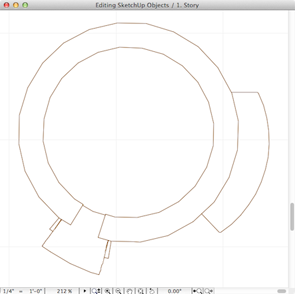
Not how to play, nor how to play with style.
Rather, how to keep our stylish play in-bounds.
Link 2012 VUSBC
Link 2009 IBC Commentary (No Virginia amendments)
Link Charlottesville Current Codes and Design Criteria
Design criteria for our area – 2012 values
| Category | Value |
|---|---|
| Ground snow load | 30 psf |
| Wind speed | 90 mph |
| Frost depth | 18” |
| Seismic Design Class | B |
| Weathering | Severe |
| Termites | Moderate/Heavy |
| Decay Region | Slight/Moderate |
| Winter Design Temp | 16° F |
| Air Freezing Index | 273 |
| Mean Annual Temperature | 56.8° F |
Energy criteria for our area – 2015 residential values
| Building Element | Requirement |
|---|---|
| Ceiling R-value | 49 |
| Wood Frame Wall R-value | 15 or 13 + 5 |
| Mass Wall R-value when >50% of insulation is on the exterior of the wall | 8 |
| Mass Wall R-value > 50% of insulation is on the interior of the wall | 13 |
| Floor R-value | 19 |
| Basement Wall R-value R-10 continuous on the inside or outside of the wall, OR R-13 cavity insulation on the interior side of basement wall | 10/13 |
| Slab R-value | 10, 2ft |
| Slab R-value if heated | 15 |
| Footing depth | 2 ft |
| Crawlspace Wall R-value | 10/13 |
| Window U-Factor | 0.35 |
| Skylight U-Factor | 0.55 |
| All glazed fenestration SHGC | NR |
| SHGC | .4 |

